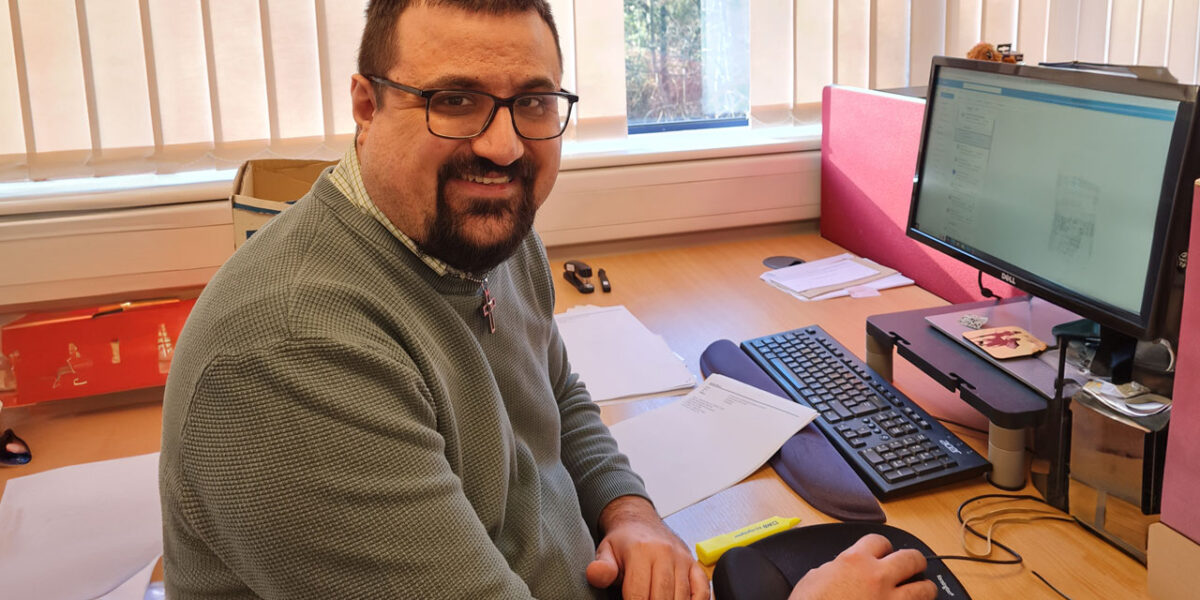Technology and education: impactful, but the teacher always comes first

The recent ‘International Day of Education’ sought to raise awareness around education as a human right, a public good and a public responsibility. Its theme, “Changing Course, Transforming Education,” encouraged us to reimagine how knowledge and learning can shape the future of humanity and the planet.
Our shared goal should be to improve education quality and access for all. Set in that context, technology can be a key driver of transformation, albeit it can’t solve all education’s problems.
Improved teacher-student interaction
As gamification improves student engagement, and machine learning enables personalisation, how is this shaping teachers’ roles? And what does this mean for traditional student-teacher relationships?
For technology to be truly effective, sight must not be lost of the student-teacher relationship. A major historical challenge has been optimum communication between the two; technology can, and should, improve interaction between them. Technology is now enhancing knowledge flow and support across new channels, and at all levels of learning.
Online learning tools are an opportunity to transform the classroom into a community, where tutors can post assignments and students can (i) simultaneously ask questions in real time (ii) reach out directly to tutors via multiple online channels, at any time and (iii) enable parents to more directly understand / interact with their child’s learning journey.
Via these new channels, learners can interact with each other and tutors remotely, promoting a more dynamic culture of learning, well beyond the daily classroom timetable.
Increased engagement
A lack of math understanding at a young age often leads to math anxiety at advanced levels, which can then embed itself for a lifetime. This has been exacerbated by the pandemic, with many global reports published by both governments and think tanks highlighting the loss of learning amongst children, particularly in STEM subjects. Contributory reasons for a lack of understanding and low confidence levels in math can be explained by traditional teaching such as rote-learning of formulae and abstract concepts.
All students have different learning needs. Unlike traditional teaching methods, technology-enhanced learning employs concepts such as gamification, which improves engagement and cuts through dwindling student attention spans.
With the right teacher guidance, digital teaching methods can be a useful addition. Engagement leads to interest, which lessens anxiety and should yield long-term results. However, the need for optimum teacher guidance remains imperative. Personalised teaching is king, and digital is a further enabler – in that order.
Third party data, which maps the growth of new technologies can be seductive at first glance, but it needs to be viewed in context. Strong forecast growth in such areas tells one side of the story, but just because the media doesn’t report the volume and quality of teachers with the same gusto as the latest technologies, doesn’t change the reality. Teacher quality isn’t superseded by technology.
Teachers and technology have both raised the bar
An easy, lazy assumption would be of modern EdTech and traditional teachers. The reality is quite different. Yes, the pandemic-inspired shift to online learning did bring to the fore gaps in the education sector and its untapped potential. However, teachers have also embraced change and the reality is still one of quality teaching remaining at the core – supported by technology.
The importance of the teacher remains the same (i.e., it is paramount) be that the in-classroom teacher, or the high-quality online teacher. The technology complements them, but doesn’t replace them.
Manan Khurma, Founder and Chairman of Cuemath











Responses